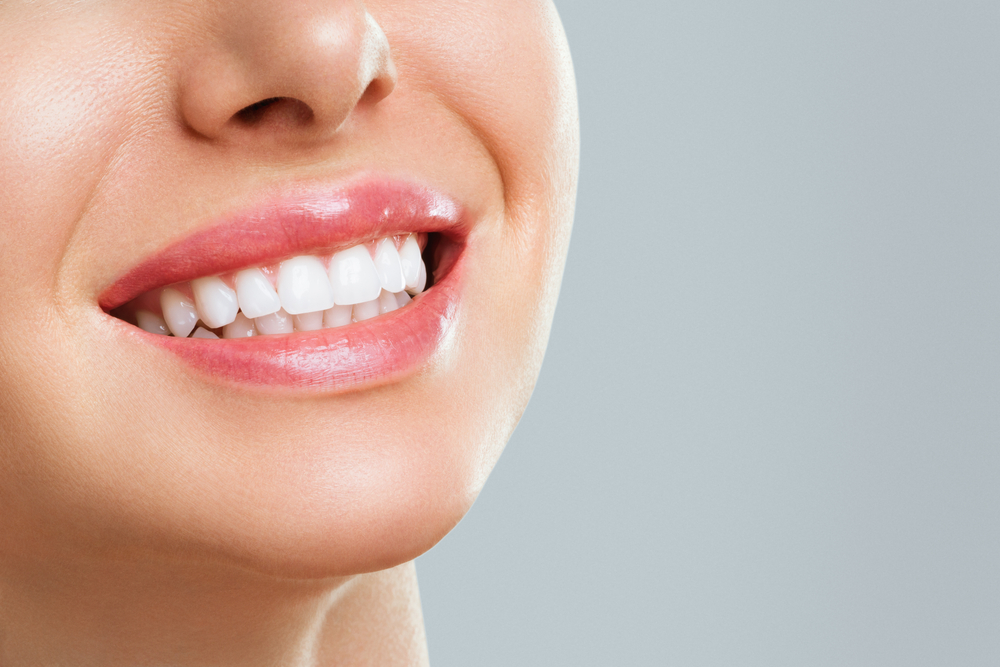
Dental hygiene is crucial to the health of your whole body, not just your mouth. Not taking proper care of your dental health can result in respiratory and heart problems. You must develop good routines and habits to take care of your teeth.
It will involve appropriate hygiene techniques, mindful behaviors, and the right oral care products. Here are some ideas on how you can improve your dental hygiene technique.
Brushing at Least Twice Daily
This recommendation is not a secret. However, one of the most crucial of those times is at night. Brush your teeth right before you go to bed. You will get rid of food stuck between your teeth and gums throughout the day. Otherwise, bacteria will feed on this food to form plaque and tartar.
Properly brush for two to three minutes, spending about 30 seconds on each area of your mouth. You will prevent bad breath and gum disease.
Floss After Brushing
When you brush your teeth, you can only reach three of the five surfaces of your teeth. Flossing helps you reach the other two and get rid of food particles stuck between your teeth. Floss at least once a day. Do it in the evening, before you go to bed. It will keep your gums healthy and prevent you from getting cavities.
If you experience bleeding when flossing, you may have poor gum health or gingivitis. Continue flossing but do not be too vigorous; your gums will get better and healthy.
Choosing Your Toothbrush
Choose your toothbrush wisely. Brushes with tough bristles will hurt your teeth. Soft bristles and electronic toothbrushes are the best options. They will keep your smile clean and bright. They are the best options because they gently cleanse your teeth without hurting your gum. Hard scrubbing can lead to gum recession and enamel loss.
Replacing Your Toothbrush
As you brush your teeth, the bristles of your toothbrush will wear out. However, you do not need to wait for this to happen. Replace your toothbrush after every three months, whether the bristles wear out or not. If you are not sure of the best toothbrush for you, ask your dentist.
Using a Mouthwash
Adding mouthwash to your regular dental hygiene routine serves as an extra defense against bacteria. Mouthwash can get into soft tissue and crevices that you may not get into with brushing and flossing. The recommendation is to use an antibacterial mouthwash. However, warm salty water also works well.
Eat a Balanced Diet
Fruits and vegetables are not only healthy for your body, but they are also great for your teeth. They do not stick easily between your teeth like processed foods and drinks. Chewing vegetables like carrots and celery can also help clean your teeth and stimulate your gums.
Sugary drinks and foods put you at a higher risk of developing cavities and gum disease. Bacteria feed on what they leave between your teeth and turn it into acids in your mouth. It results in tooth decay, cavities, and tooth loss.
Visit the Dentist Regularly
Regular cleaning of your teeth is not enough. Visit the dentist at least once a year for a professional cleaning. During the cleaning, your dentist can see what is wrong with your teeth and start preventive care. Trust your dentist to help you take care of your teeth and ask them questions. They will help you improve your dental hygiene technique.
For more on dental hygiene, visit John K. See, DDS, at our office in Camarillo, California. You can call (805) 920-8600 today to schedule an appointment.










